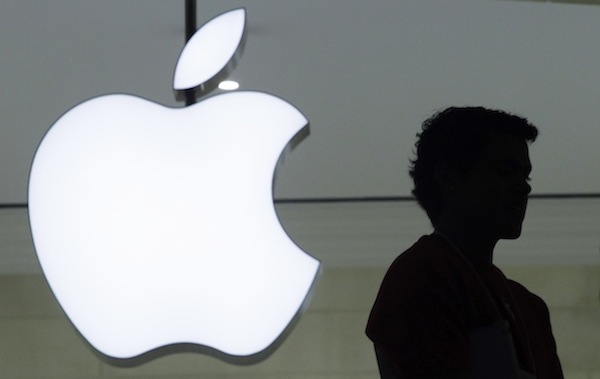 When it comes to sales of Apple products, the much-publicized Apple Stores are like a cruise ship captain: lots of glitz and glamour, but having little connection to the mostly-hidden work which keeps the boat steaming along. That’s the view of new research finding Apple’s retail partners sold more iPhones than Apple’s physical stores…
When it comes to sales of Apple products, the much-publicized Apple Stores are like a cruise ship captain: lots of glitz and glamour, but having little connection to the mostly-hidden work which keeps the boat steaming along. That’s the view of new research finding Apple’s retail partners sold more iPhones than Apple’s physical stores…
Apple sold just 21 percent of iPhones purchased between December 2011 and August 2012, according to a study by Consumer Intelligence Research Partners (CIRP). Indeed, AT&T outlets sold 28 percent and Verizon sold 26 percent of iPhones.
Sprint recently said it sold more iPhones than Apple Stores.
As for iPads, Best Buy and Amazon combined sold nearly as many as Apple’s 250 US stores.
Mac sales was the only segment Apple Stores dominate, selling 47 percent of computers during the period, according to CIRP figures. Retail giant Best Buy was the next closest, selling 27 percent.
It’s easy to forget Apple has relatively few retail stores. Apple Stores had $4.1 billion in sales last quarter, producing more profit per square foot than even high-toned Tiffany.
However, the research tells a different story.
“You can’t sell 40 million plus iPhones in a year through just 250 stores,” CIRP co-founder Josh Lowitz told AllThingsD.
Look at the numbers.
Apple has 372 stores worldwide – 250 just in the US.
By comparison, the company’s US carrier partners – AT&T, Verizon and Sprint – have 5,000 combined.
Best Buy has 1,300 domestic retail locations.
This leaves Apple “reliant on the carriers and Best Buy, not to mention Walmart, Target and others, for the vast majority of their retail sales,” said CIRP partner Mike Levin.
In other words, while publicly it appears as if retailers will jump through any hoop in order to land Apple, it actually could be the other way around. If retailers are selling most of Apple’s wares, how hard can the Cupertino, California company make its demands?
For instance, if AT&T and Verizon combined sell more than half of all US iPhones, how is Apple able to demand that the carriers don’t clutter up the smartphone’s desktop with non-Apple applications, as is common practice with other handsets?
Are retailers receiving incentives other than Apple’s well-known ‘halo’ effect that increases sales of other products?
This is an interesting side story to follow.
Where did you purchase your last iPhone?